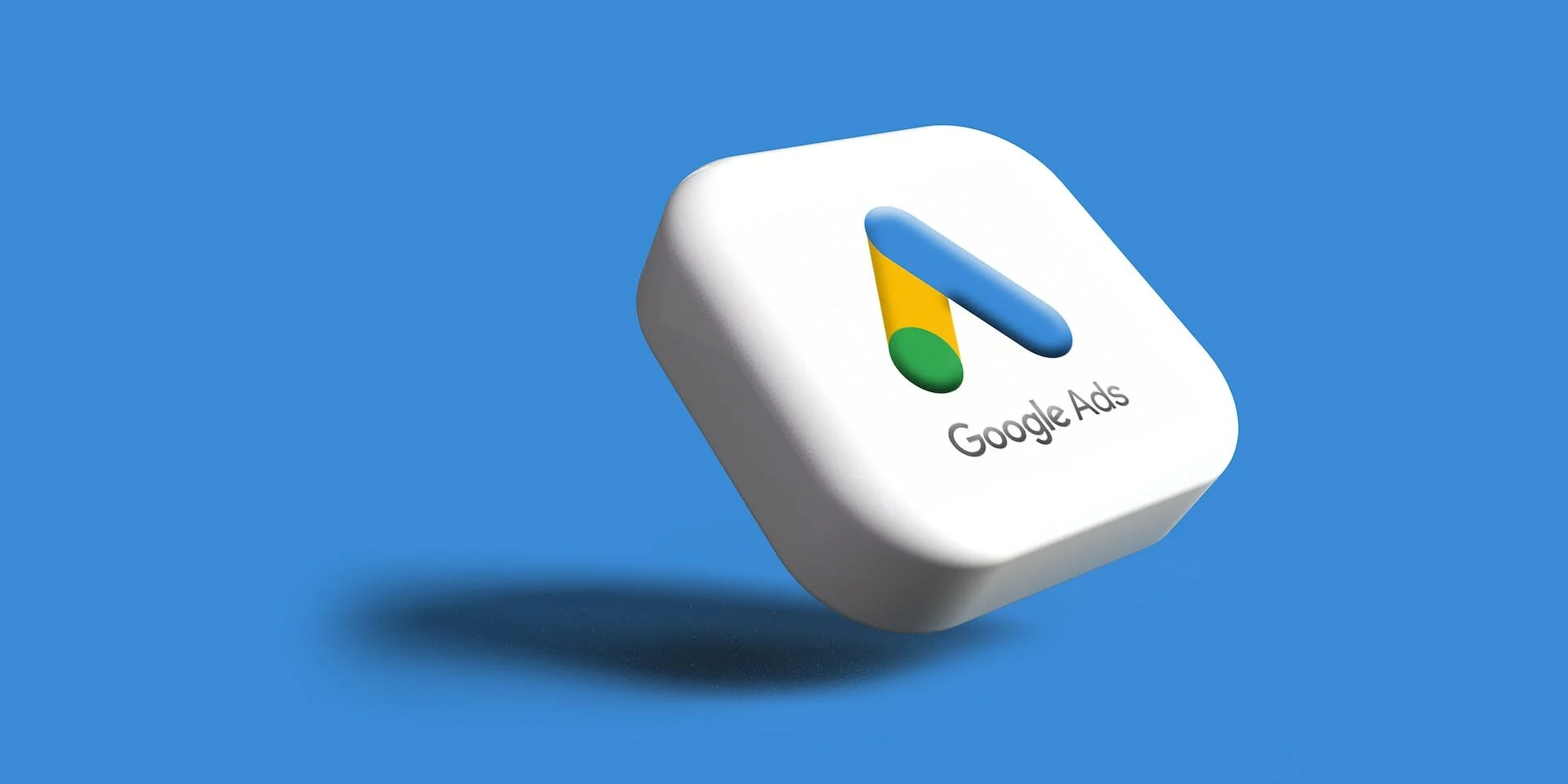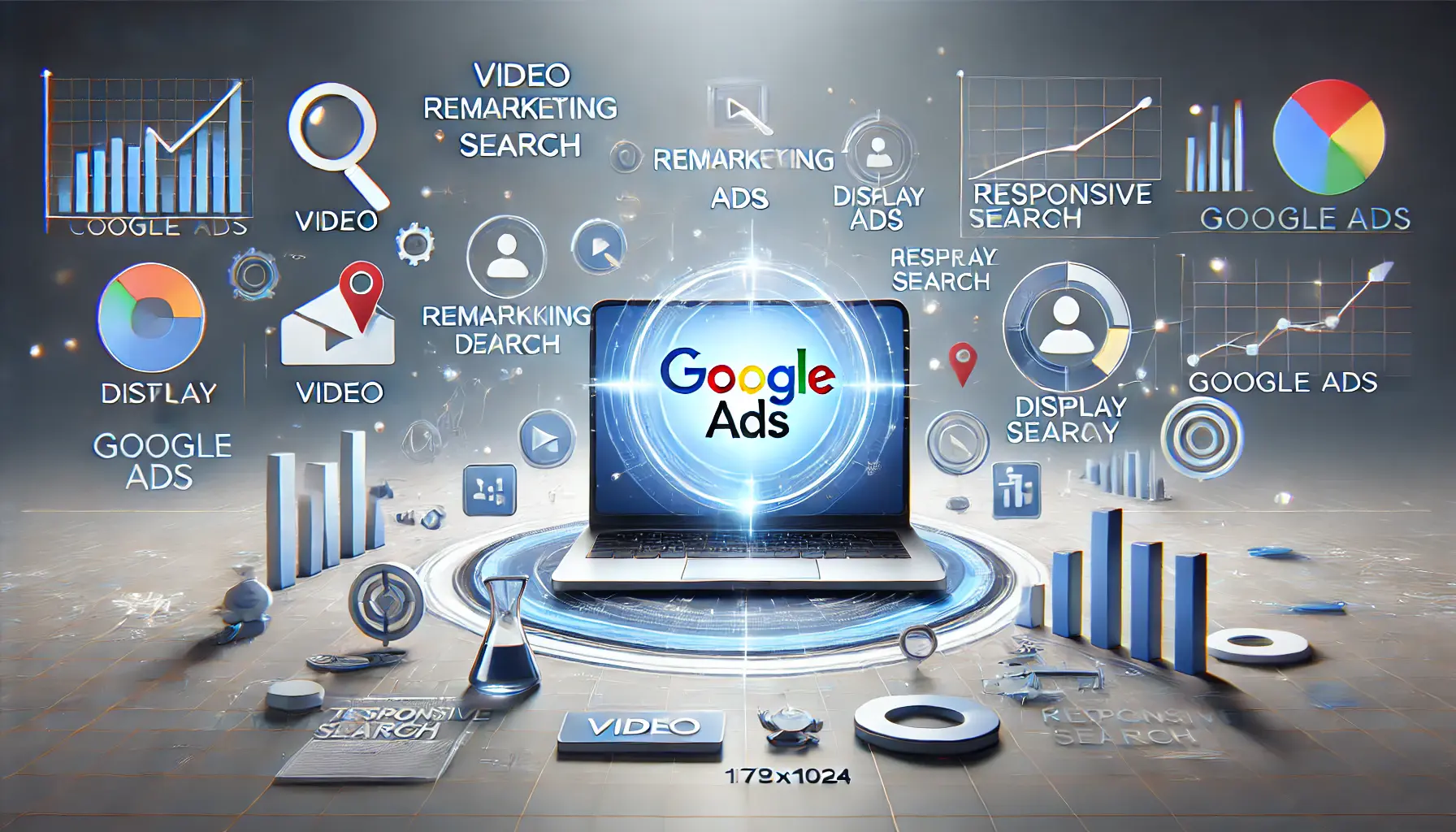
Website Redesign Strategy: Best Investment for Your Business
Website in today’s world is primarily the first touch a potential customer gets with your business. Anyone who has tried

–In today’s quick-moving world of digital ads, Google is still in charge. They are always finding new ways to link users and businesses.
–Google’s advertising platform is important for online marketing. It wants to offer users experiences that are relevant and safe.
–A major Google Ads update is the new “Related Products” ads.
–This feature helps users find products and services easily. It also focuses on keeping personal interactions secure.
–Google’s “Related Products” ads aim to change how you look for options linked to your questions.
–This new feature is called “Find related products & services.” It makes your search feel more lively.
–Rather than leading you to a single landing page, it starts a new search.
–The goal is to help you find more by displaying related categories that fit your search.
–This makes it easier for people to find new products and services on Google search.
–Traditional Google Ads help people find a specific webpage or product. On the other hand, “Related Products” ads begin a new search.
–For example, if you search for “wireless headphones,” you may see options like “noise-canceling earbuds” or “over-ear headphones.” This method gives users more choices.
–It also provides businesses more chances to connect with potential customers.
–In “Related Products” ads, being relevant and personal is key. Google pays attention to how people search and act online.
–This helps them show suggestions that suit each person’s interests.
–As a result, users feel happier because they see choices that match their taste without sorting through extra details.
–With “Related Products” ad campaign type, companies benefit as well because they reach people who are truly interested in related products.
–To understand how these ads work, let’s look at an example.
–A user searches a keyword “running shoes.” In the search results, there is a section called “Find related products & services.” In this part, the user might see choices like “trail running shoes” or “athletic socks.” When they click on one of these choices, new search results appear based on that selection.
–This way, users can refine their searches. It also helps businesses show their products in a manner that feels more like exploring.

–Google Ads has changed a lot since it started. It was created to help both advertisers and users. In the beginning, it only had simple text ads.
–Now, there are many different types of Google ads. These include display ads, video ads, shopping ads, and app promotions.
–Each new feature shows how much Google cares about making ads better and improving the user experience.
–
–
–––
–
–
–
––
–
–
–
––
–
–
–
––
–
–
–
––
–
–
–
––
–
–
–
––
–
–
–
––
–
–
–
––
–
–
–
––
–
–
–
–
–
|
– Year
– |
– Google Ads Milestone
– |
– Description
– |
|
– 2000
– |
– Launch of Google AdWords
– |
– Google introduced its pay-per-click (PPC) advertising program, initially known Google AdWords, marking the beginning of its journey in search advertising.
– |
|
– 2002
– |
– Introduction of Google AdSense
– |
– Google AdSense emerged, allowing website owners to monetize their content by displaying relevant ads from Google’s network.
– |
|
– 2007
– |
– Acquisition of DoubleClick
– |
– Google’s acquisition of DoubleClick significantly expanded its reach in the display advertising market, bringing new capabilities for visual and interactive ads.
– |
|
– 2010
– |
– Launch of Google Instant
– |
– Google Instant transformed the search experience by displaying real-time search results as users typed their queries, impacting ad visibility and prompting advertisers to adapt to a more dynamic environment.
– |
|
– 2012
– |
– Introduction of Enhanced Campaigns
– |
– Enhanced Campaigns ushered in a mobile-first approach to advertising, enabling businesses to tailor their campaigns and bids based on campaign goals, user devices and contexts.
– |
|
– 2016
– |
– Introduction of Expanded Text Ads
– |
– Expanded Text Ads provided advertisers with more characters to craft compelling ad copy, allowing for more detailed descriptions and stronger calls to action.
– |
|
– 2018
– |
– Launch of Responsive Search Ads
– |
– Responsive Google Search Ads leveraged machine learning to optimize ad copy by testing different variations of headlines and descriptions to identify the most effective combinations.
– |
|
– 2021
– |
– Introduction of Performance Max
– |
– Google unveiled Performance Max, its most advanced ad campaign type that uses AI and automation to optimize ad performance across all Google channels, marking a significant stride towards automated advertising solutions.
– |
|
– 2024
– |
– Testing of “Related Products” Ads
– |
– In pursuit of enhancing product discovery and providing users with highly relevant search results, Google began testing “Related Products” ads, further refining its advertising strategies based on user intent and behavior.
– |
–
–Google has experienced important times in its advertising journey.
–
–
–
–
–
–
–
–
–
–Personalization is very important for Google’s advertising plan.
–When Google adjusts ads to fit what users prefer, it helps to increase engagement and improve ad performance.
–However, Google also has strict privacy rules in place. These rules allow users to manage their ad experiences and keep their data safe.
–Google has different kinds of ad campaign. Each google ads type is made for a certain goal. They aim at different groups of people.
–Search ads link what people want to find with useful promotions. You can easily see them on search engine results pages (SERPs).
–They matter for businesses that want to get the right visitors and boost sales.
–Google Display ads use images to grab your attention. They show up on Google display network of sites and apps.
–This helps people learn about the brand and connect with it.
–Display Ads are responsive in nature that’s why they are also known as responsive display ads.
–Video ads, particularly on YouTube, let businesses share fun stories. They show how products work.
–There are several types of ads, including skippable and non-skippable ads. Each type meets different needs for campaigns.
–Shopping ads help people find items to buy. They show product details, like images and prices, in the search results.
–This helps grab the attention of shoppers who want to make a purchase.
–App ads are used to promote mobile apps on Google’s platforms. The main aim is to gain more downloads and boost how users engage in the app area.
–Google Local Service Ads connect local businesses with potential customers by displaying their services at the top of relevant search results, helping businesses gain visibility and trust through a “Google Guaranteed” badge.
–These ads operate on a pay-per-lead model, ensuring businesses only pay for genuine inquiries, making it a cost-effective solution for lead generation in their target area.
–There are few more types of ads like discovery ads, bumper ads, smart campaign, local inventory ads, masthead ads, non-skippable in-stream ads, skippable in-stream ads.
–We can target different platforms across the google like Google Maps, Gmail, YouTube etc.

–
–
–
–
–
–
–
–
–
–
–
–
–
–
–
–
–
–
–
–
–Effectively measuring the impact of “Related Products” ads is essential for optimization in your Google Ads account.
–These ads, such as Dynamic Search Ads or Product Shopping Ads, are designed to complement user searches and increase engagement.
–By integrating tools like Google Merchant Center, advertisers can ensure accurate product data feeds for better ad performance.
–
–
–
–
–
–
–
–
–
–
–
–
–
–
–Google’s “Related Products” ads are now more interesting and feel personal.
–As AI and machine learning change online marketing, we can look forward to new features.
–These might include better visual search tools, ads that focus on privacy, and more options to customize ads.
–The launch of “Related Products” ads shows that Google wants to improve user experiences and help businesses grow.
–This new format helps people discover new products and gives them tailored suggestions. It marks the start of a new time in online advertising.
–Businesses that use and enhance this method can see better engagement, increased sales, and stronger connections with their customers.

Website in today’s world is primarily the first touch a potential customer gets with your business. Anyone who has tried

Professional website maintenance is the practice of overseeing and monitoring one’s website to ensure it is functioning appropriately, protects it
Ready to elevate your business? Let’s talk about creating a website, launching campaigns, or boosting your online presence with tailored solutions.